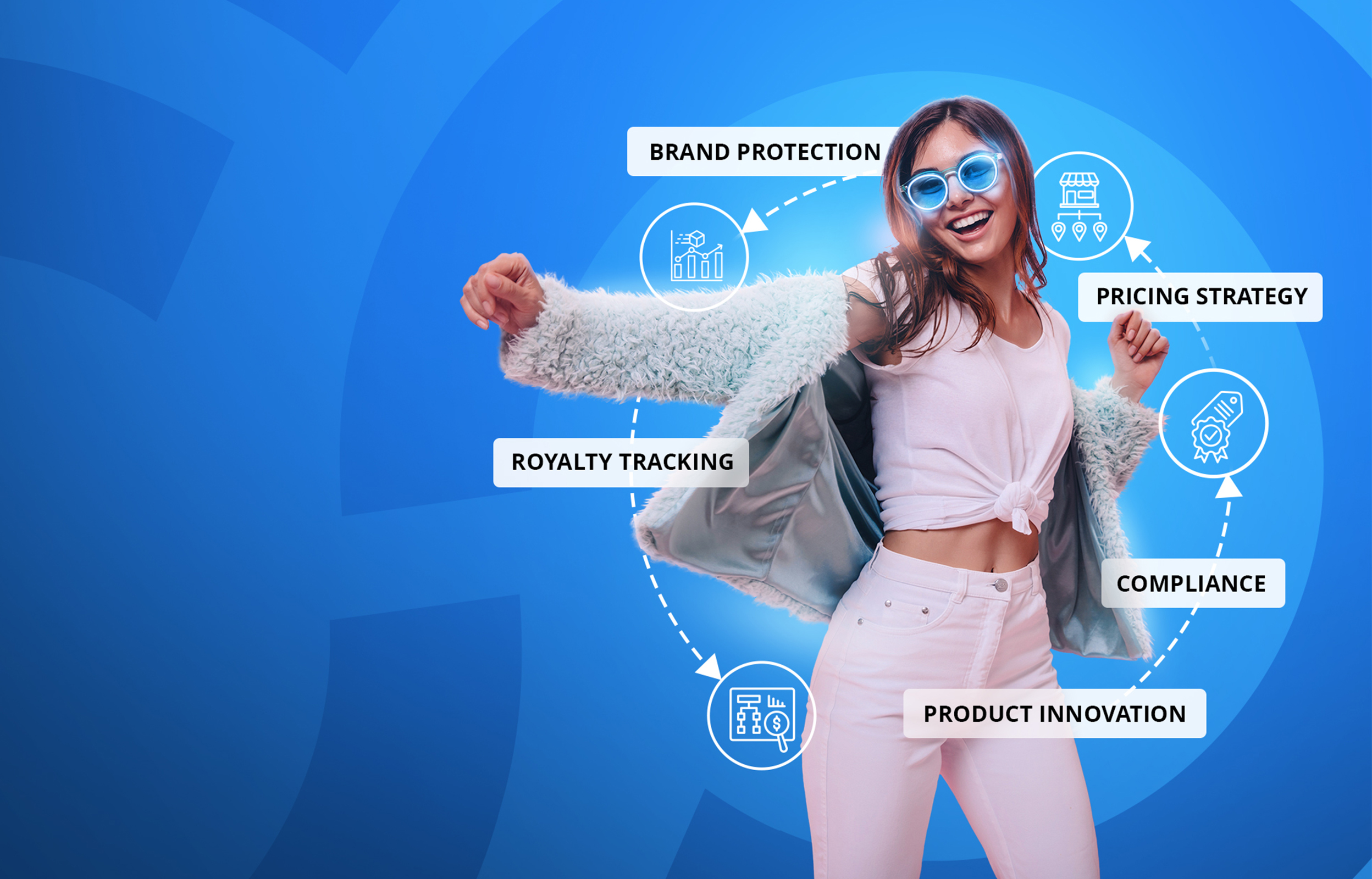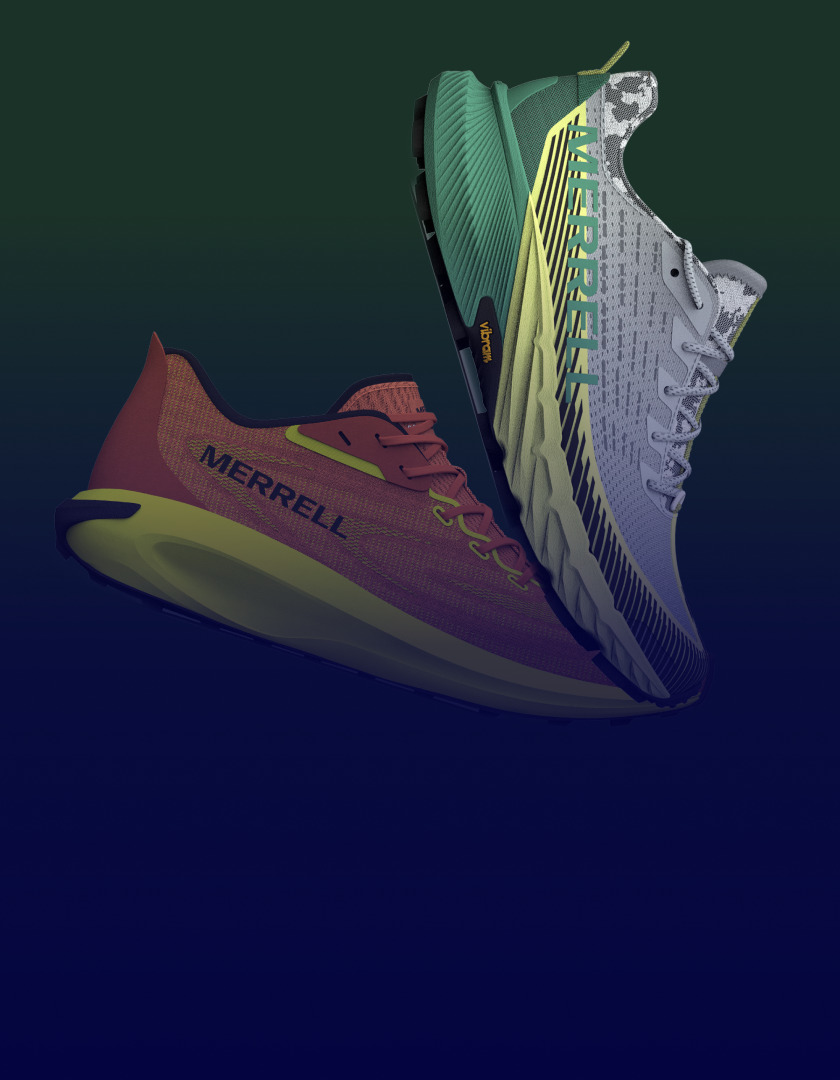Mastering Brand Licensing: 8 Strategies to Streamline Product Development and Maximize Profitability

Consumer demand for branded merchandise is proliferating and more companies are launching new licensing strategies to reposition their brands, expand their reach and grow their profits. Global sales of licensed merchandise and services reached $356.5 billion in 2023, a 4.6% increase compared to 2022¹, according to Licensing International.
Whether you’re creating luxury, niche or timed-release branded collections, complexity in assortment strategy, product development and competitive pricing are inevitable.
One of the key challenges companies face is understanding which Intellectual Property to license, which license types to consider, and which will products will resonate with their audience. In the fashion industry, for example, a retailer like H&M and must have a deep understanding of their customers’ preferences, such as their children’s favorite characters, and how to incorporate these collections into their assortment without compromising the sales potential of their core collection. This understanding is not just important, it’s crucial for success.
Brands need to have a detailed eye on the market to determine the best way forward in developing new product strategies and synergizing with the core assortment planning process. This requires tools that provide an external overview of market trends and demand. However, this is only one piece of the puzzle. Equally important is a reliable, insightful view of what they are creating and how they are creating it. Thorough analyses of the potential for cannibalization are also crucial. This emphasis on planning and analysis is key to successful product development and can make a significant difference in a brand’s profitability.
Managing the intricate details and global teams involved in your licensing plans and programs can be a daunting task. However, with the advent of next-gen inward and outward-facing retail solutions, understanding the revenue potential of the licensing strategy has become more achievable. In the age of omnichannel, digital transformation with a modern Product Lifecycle Management (PLM), like Centric PLM™, and tools that deliver AI-powered market insights and demand forecasts, such as Centric Market Intelligence™ and Centric Planning™, empower you to gain clarity and control over the profitability of your collection.
Here are the Top 8 Ways Next-Gen Retail Solutions Keep Licensed Brand Product Development Profitable:
1. Sparks Creative Product Design
Creative teams need time to do what they do best—create! Administrative tasks, such as data entry on spreadsheets, get in the way, take up time, and slow your design team down. With an end-to-end cloud-based platform that natively integrates planning, analysis, design, production, and retail execution, data entry, updates, and decision-making are streamlined and traceable across all necessary teams. When your creative team doesn’t have to worry about scattered spreadsheets and ensuring everyone is on the same page—they have time to design innovative, buzz-worthy products. They can also design in their preferred creative environment and digitally present and share ideas with internal and external partners.
2. Gets To The Heart Of Consumer Demand
A licensed product can fail for many reasons. Perhaps the price point was wrong, or the market was already saturated. The success of the licensed product rests on real-time market insights to stay competitive and relevant. With Market Intelligence tools, teams can monitor and benchmark competitor strategies and speed market insights into what products are popular to understand in real time what their audience is looking for and at what price point.
3. Determine Where, When and How Many
Before development begins, companies must first understand the implied profitability of their product strategy. They must also align this with their pricing strategy and develop a plan of where the branded products will be sold and in what quantity. Compiling and analyzing this information with spreadsheets is no longer possible in the expanding omnichannel market.
Retail planning solutions help make sense of the vast sums of data to understand the profitability of any assortment, development, or allocation decision. Next-gen AI-based planning tools speed time to decision by generating actionable analyses and automating administrative tasks. Additionally, SKU optimization helps to reduce costs, improve inventory management, and increase sales.
4. Controls Brand License Documents and Approvals
The Licensing process adds a layer of complexity to the product development process. There are abundant documents to track, including license requirements, production deadlines and license expiration dates. Brand owners must also formally approve products at various stages of development.
Tracking documents with spreadsheets and emails is labor-intensive and critical details can still slip through the cracks. PLM software provides a cloud-based platform for document visibility at every stage of the licensing process. You can also automate alerts for deadlines and license expirations, so your teams stay on top of workflows and business goals.
5. Boosts Collaboration Among Global Design and Production Teams
Collaborative partnerships between licensors (brand owners) and licensees (branded product developers) are central to brand merchandising. The process also involves collaboration and partnerships between brands and designers, retailers and manufacturers.
With Centric Visual Boards™, widespread teams can easily share product design updates, new product or collection ideas, and, when integrated with PLM, stay on top of issues impacting manufacturing and delivery.
6. Manages Long-Term and Rapid Change
PLM-powered transparency through the licensing process means licensee and licensor can navigate change with agility, whether the change is expected or sudden. For instance, licensees can stay on top of branding changes to colorways, brand logos and other key elements.
With PLM, even overseas manufacturers are confident they have the latest design iterations and tech packs. Licensors, meanwhile, can quickly identify when branded products fall outside of the license agreement and take immediate action to rectify the issue.
7. Sustains Licensed Brand Polish
Brands have unique identities from playful, to ultra-luxe to cozy. Consumers expect branded products to align with their brand identities even when manufactured through a licensing agreement. When the products don’t meet expectations, entire brands can become tarnished. Cloud-based PLM ensures every branded product meets licensor requirements and is approved before manufacturing and launch. Brand protection is a pivotal part of the brand licensing process.
8. Tracks Royalties
License terms vary and must be met without fail to retain a solid reputation as a brand merchandising partner. PLM streamlines royalty tracking and provides transparent reporting that establishes and sustains trust between all partners in a licensing agreement.
Slow licensing processes and outdated technology cause unnecessary frustration, missed deadlines, slow product development and diminish branded merchandise quality. Make sure your licensing process retains its polish with next-gen PLM.
To conclude, licensing branded products adds many layers of complexity to the product development and retail strategy and execution processes. Centric solutions help to alleviate some of the hurdles posed by the growing market, such as competitor monitoring and omnichannel execution, as well as the internal challenges posed by insubstantial tools such as spreadsheets.
Centric PLM and Centric Visual Boards drive collaboration and product innovation and provide essential agility and visibility for licensee and licensor to ensure branded products live up to their name. Centric Market Intelligence gives real-time market insights into what consumers are looking for and at what price point similar products are selling. Centric Planning delivers accurate, timely insights into where licensed products will be most profitable and enables companies to ensure optimal production levels, including royalty tracking, to ensure a profitable pricing strategy in licensing.
Centric Pricing & Inventory™ empowers brands to react to market changes to optimize inventory and discounting. Together, Centric Software AI-based solutions deliver all the tools necessary for companies to drive and develop an optimized licensed product assortment that meets their customers’ demands and maintains control over the product margin and collection profitability.







